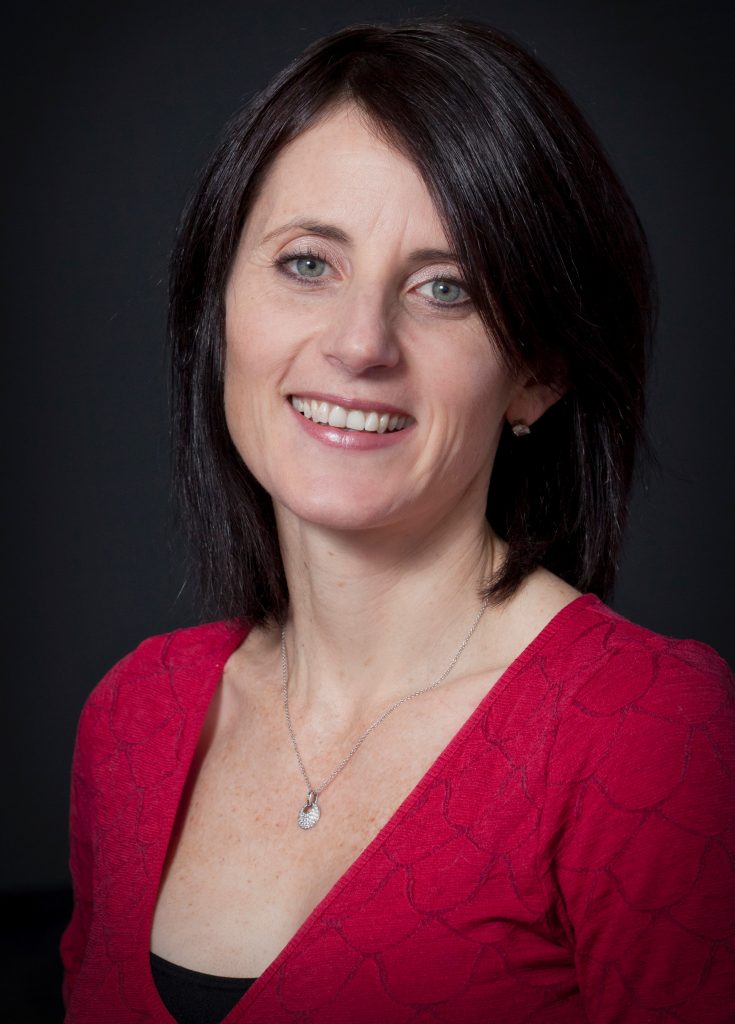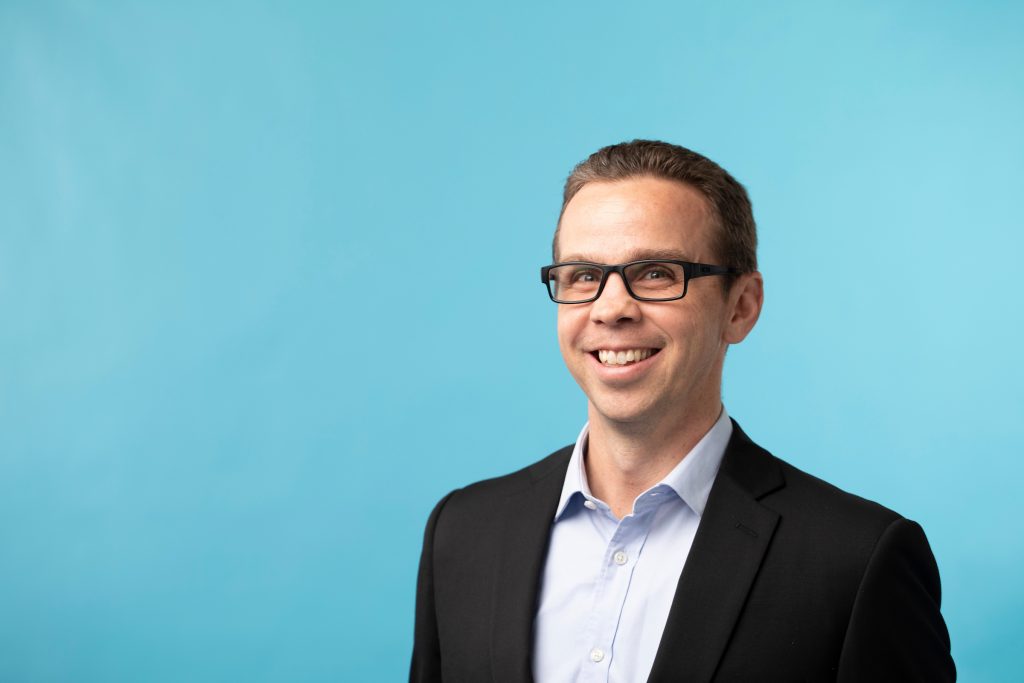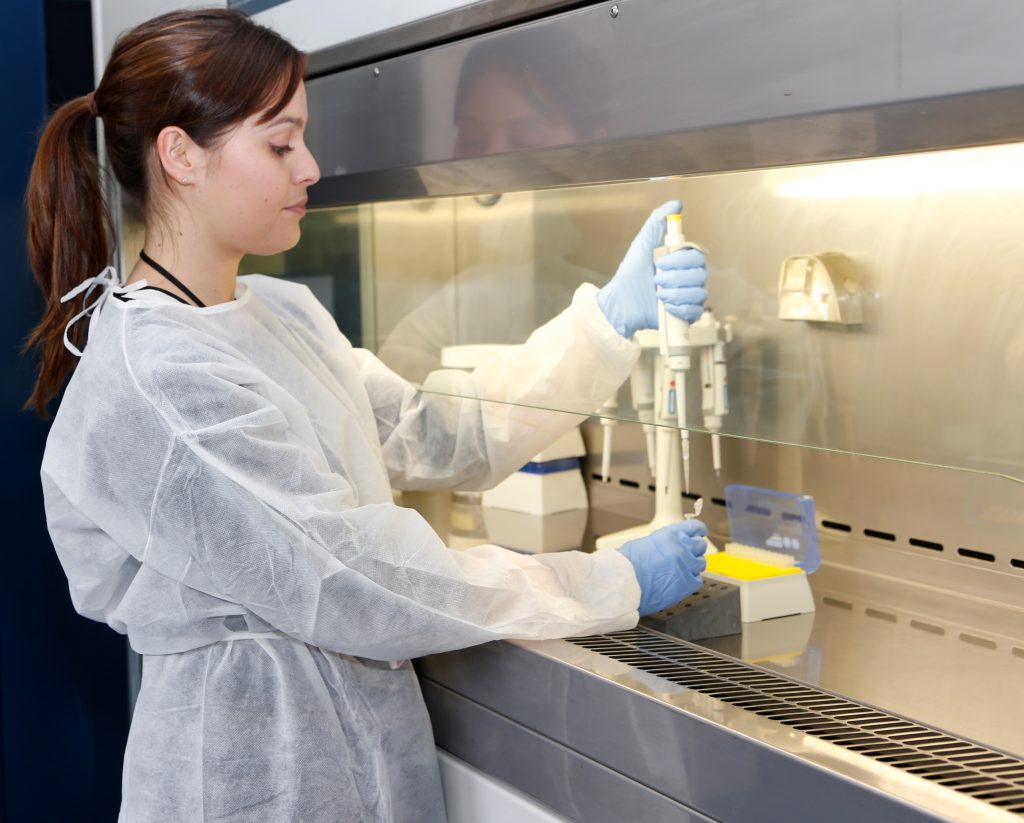A regulatory affair
Expert presenters in the NSW Health Commercialisation Program can help you develop a regulatory strategy to get your med tech product to market.
When Kea Dent and her company Dentsleeve were bringing gastro-intestinal catheters and other devices to market in the pre-internet 1990s, she needed to understand how regulatory systems would affect the process in different countries but had nowhere to turn.
“At that time there was no-one to advise on regulatory strategies and I spent 10 years working it out myself, eventually exporting to 44 countries,” she recalls.

So, in 2005, Dent became Director of a new company, KD&A, which provides expert medical device and regulatory consultancy advice to other medical device companies launching products and accessing new markets.
Now Dent is also one of the presenters of the one-day Regulatory Affairs component of the NSW Health Commercialisation Training Program, a free course that is providing start-up companies in NSW with the information they need to take emerging medical technologies to market.
“I think it’s a really good program,” Dent says. “We can’t make them an expert in one day, but it’s about developing that awareness of the regulatory processes and the steps they need to take.”
Dent says having a regulatory strategy is fundamental when developing a new medical device. “It’s the same as a business plan – it’s critical.” She says many people don’t understand how long the regulatory process can take. “Clients come to me saying, ‘We’re going to have a product in this market and this market,’ and then I come along and say, ‘Have you thought about X, Y and Z?’ It’s very common that the timeline will blow out.”
One of the issues that she sees start-ups contending with is identifying all the standards and regulations with which they have to comply. And then not overstepping the mark when it comes to talking about the benefits of their product. “Even if you comply with guidelines and regulations X, Y and Z, you still might not be able to make really expansive claims because they don’t comply with an advertising code.”
Dent says another aspect that she encourages start-ups to think about is which international market to approach first. “A lot of clients want to apply for the FDA first, but our advice is you need to understand what the regulatory requirements are in the country you are targeting. In the US, to progress a product to market quickly, the regulatory system is all about proving that your product is the same as another, which may not fit with your descriptions of your product as ‘new’ and ‘innovative’. Because of that, the FDA might actually create the longest timeline in getting something to market.”
Another presenter in the Regulatory Affairs component of the NSW Health Commercialisation Training Program is Colin Denver, of SpeeDx, which is a rapidly growing company with a portfolio of new molecular diagnostics technology. SpeeDx was also a recipient in the 2014 and 2017 rounds of NSW Health’s Medical Devices Fund.

Various members of the SpeeDx team have completed the Program. “SpeeDx has had a number of early-career team members graduate from the Program and they were able to gain some really good insights into the regulatory processes involved in launching products in the med tech space,” he says. “This has helped them step up, as SpeeDx has experienced rapid growth over the last few years. The Program is a great resource for people in the medical device area to get this really focused approach to commercialising these important developments. It’s something that’s definitely needed.
“The first thing in developing med tech is in forming the idea and working out what you’re going to focus on, but the second aspect is taking that device all the way through to a regulated device in the market. That’s a really expensive process, so you have to make the right decision early on, probably with limited information, on which market will have the regulatory framework to accept your device. Is the market ready for what you’re producing, and is the market accessible for that device?”
Denver says that one of the decisions start-ups need to make is whether to employ someone internally to focus on the regulatory environment, or to use external consultants, or a mixture of both. “We have been lucky to have found good internal resources, but when you’re looking for a consultant, find somebody who has taken a product very similar to yours through the whole regulatory pathway, from pre-clinical trials to clinical trials, right through to market.
“There is a very wide variety of expertise and the best thing you can do is find someone who’s been involved directly in your area. But that might not be enough. Getting advice on the regulator as well might be useful. For example, there are consulting firms with people who used to work at the FDA. If you can find these people, they give you really valuable insights into that market.”
Click here for more information on the NSW Health Commercialisation Training Program.

Updated 2 years ago